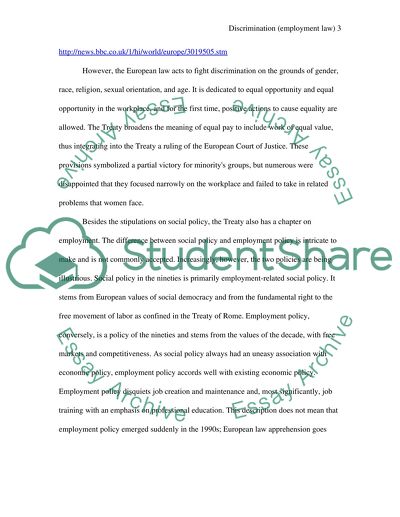Cite this document
(“Discrimination: The Limits of the Law Essay Example | Topics and Well Written Essays - 2250 words”, n.d.)
Discrimination: The Limits of the Law Essay Example | Topics and Well Written Essays - 2250 words. Retrieved from https://studentshare.org/law/1508195-discrimination-and-employment-law
Discrimination: The Limits of the Law Essay Example | Topics and Well Written Essays - 2250 words. Retrieved from https://studentshare.org/law/1508195-discrimination-and-employment-law
(Discrimination: The Limits of the Law Essay Example | Topics and Well Written Essays - 2250 Words)
Discrimination: The Limits of the Law Essay Example | Topics and Well Written Essays - 2250 Words. https://studentshare.org/law/1508195-discrimination-and-employment-law.
Discrimination: The Limits of the Law Essay Example | Topics and Well Written Essays - 2250 Words. https://studentshare.org/law/1508195-discrimination-and-employment-law.
“Discrimination: The Limits of the Law Essay Example | Topics and Well Written Essays - 2250 Words”, n.d. https://studentshare.org/law/1508195-discrimination-and-employment-law.


